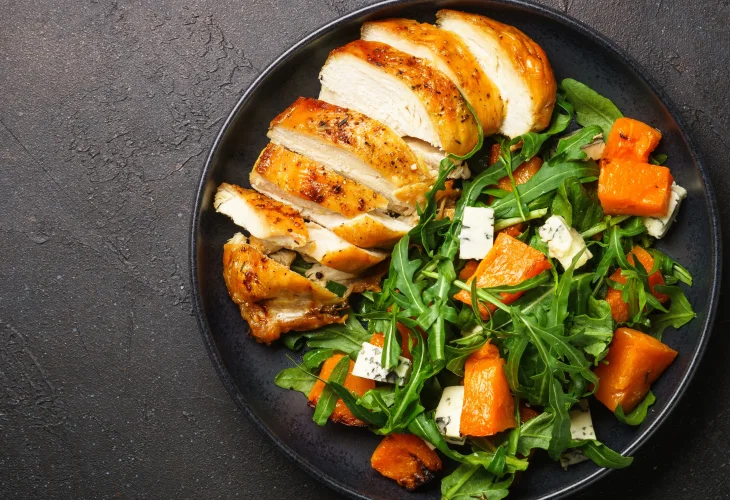Health and Nutrition
Chicken Cuts Ranked: Which Part Is Best for Your Health?
Discover the nutritional differences between chicken breast, thighs, and drumsticks — and how to cook them for maximum health benefits
 (Photo credit: shutterstock)
(Photo credit: shutterstock)Chicken consumption has been steadily increasing, while red meat consumption has been declining. Considered a lean, high-quality source of protein, chicken contains essential vitamins and minerals such as zinc, selenium, potassium, and B vitamins. However, not all parts of the chicken are nutritionally equal.
The lean parts of the chicken, such as the breast, contain less fat, cholesterol, and calories compared to thighs, making them a better choice for heart health. Another advantage is that they are higher in protein and rich in minerals like calcium, phosphorus, and magnesium, which are important for bone, teeth, and muscle health. Due to their low fat content, the recommended cooking methods include roasting, light pan-frying, or steaming.
Thighs and drumsticks (legs), which contain more fat, offer a richer flavor and juicier texture. While they are higher in calories and sodium, they also provide significant amounts of iron and zinc, which are essential for growth, development, and supporting the immune system. Thighs can be a better choice for meal prep, as they retain their texture well after reheating.
Among the healthiest parts, chicken breast is considered the leanest and can be prepared easily, though care should be taken not to overcook it, which can lead to dryness. Thighs offer a good balance between juiciness and slightly higher fat content, while still being rich in key nutrients. Chicken tenderloin (fillet) is also regarded as a lean cut with low calories and fat, providing high-quality protein.
To maintain optimal health, it's recommended to avoid eating chicken skin, which is high in fat and cholesterol, and to limit the intake of processed meats that contain high amounts of sodium and preservatives. The healthiest cooking methods include roasting, baking, or steaming, using healthy oils such as olive oil or avocado oil. It's best to season chicken with herbs and natural spices to avoid unnecessary added calories.

